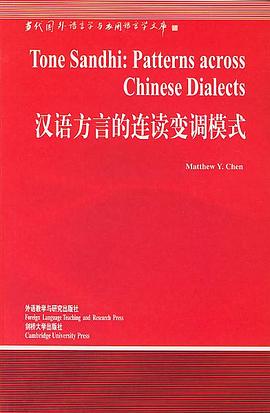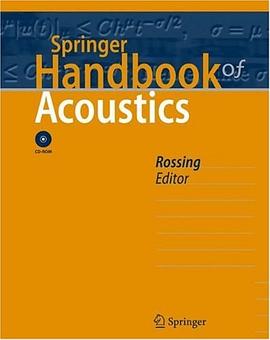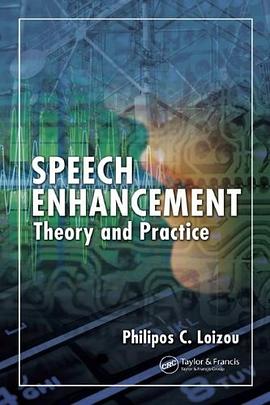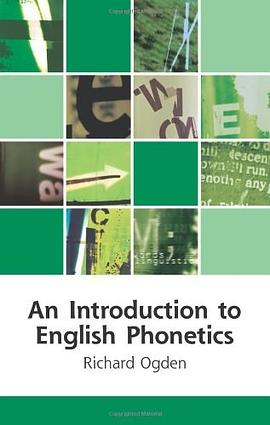
An Introduction to English Phonetics pdf epub mobi txt 電子書 下載2025
- 語音
- 英語
- 語音研究
- 語音學
- ebooks
- Linguistics
- 英語音係學
- 語音學
- 英語語言學
- 語音
- 發音
- 英語學習
- 教材
- 語言學
- 英語教學
- 語音分析

具體描述
This book introduces undergraduates to the concepts, terminology and representations needed for an understanding of how English is pronounced around the world. Assuming no prior knowledge, the book guides readers through the vocal tract and explains how sounds of speech are made. Two main forms of representation are used: phonetic transcription and simple acoustic data. As far as possible, the book is based on naturally-occurring, conversational speech so that readers are familiar with the details of everyday talk (and not just the careful pronunciations represented in dictionaries). Examples are taken from around the English-speaking world, including North America, Australia, New Zealand and varieties of British English. Introductory chapters cover the basic phonetic framework, while later chapters discuss groups of sounds in more detail. The book takes an open-minded approach to what sounds of English might be significant for making meaning, and highlights the significance of word meaning, morphology, sociolinguistics and conversational interaction in phonetic analysis. Key Features *Introductory text assuming no prior knowledge of phonetics *Informed by up to date research on naturally occurring conversational English *Focuses on phonetics as a skill and encourages the reader to reflect on their own speech *Covers a range of forms of phonetic representation.
著者簡介
圖書目錄
1.1 What is phonetics? 1
1.2 What this book covers 3
1.3 Ways to talk about sounds 3
1.4 An overview of the book 5
Further reading 6
2 Overview of the human speech mechanism 7
2.1 The complexity of speech sounds 7
2.2 Breathing 7
2.3 The larynx and voicing 9
2.4 Airflow 10
2.5 Place of articulation 12
2.6 Manner of articulation 16
Summary 18
Exercises 18
Further reading 19
3 Representing the sounds of speech 20
3.1 Introduction 20
3.2 Phonetic transcription 20
3.3 Acoustic representations 29
3.4 Acoustic representations and segments 35
3.5 Representation and units in phonetics 36
Summary 37
Exercises 37
Further reading 38
4 The larynx, voicing and voice quality 40
4.1 Introduction: the production of voicing 40
4.2 How the vocal folds vibrate 42
4.3 Fundamental frequency, pitch and intonation 43
4.4 Phrasing and intonation 46
4.5 Voice quality 50
Summary 53
Exercises 54
Further reading 54
5 Vowels 56
5.1 Introduction 56
5.2 Reference points for vowels: cardinal vowels 56
5.3 The acoustics of vowels 62
5.4 Other vocalic features 63
5.5 Vowels in English ‘keywords’ 64
5.6 Reduced vowels 74
5.7 Voiceless vowels 75
Summary 75
Exercises 76
Further reading 76
6 Approximants 78
6.1 Introduction 78
6.2 The palatal approximant [j] 79
6.3 A doubly articulated sound: the labiovelar
approximant [w] 81
6.4 Laterals 83
6.5 ‘Rhotics’ 89
Summary 94
Exercises 94
Further reading 94
7 Plosives 96
7.1 Introduction 96
7.2 Overview of the production of plosives 96
7.3 Voicing and plosives in English 99
7.4 Glottalisation 104
7.5 Long closure 106
7.6 Place of articulation 106
7.7 Release features of plosives 109
7.8 Taps 114
Summary 116
Exercises 116
Further reading 117
8 Fricatives 118
8.1 Introduction to fricatives 118
8.2 The production of fricatives 118
8.3 Details of English fricatives 120
8.4 Non-lexical fricatives 131
Summary 136
Exercises 136
Further reading 136
9 Nasals 138
9.1 The production of nasals 138
9.2 Details of English nasals 140
9.3 Nasalised vowels 146
9.4 Syllabic nasals 148
Summary 152
Exercises 152
Further reading 153
10 Glottalic and velaric airstreams 154
10.1 Airstream mechanisms 154
10.2 The velaric airstream mechanism 154
10.3 The glottalic airstream mechanism 162
Summary 168
Exercises 169
Further reading 169
11 Conclusion 170
Glossary 173
Discussion of the exercises 181
Further reading 187
Index 191
· · · · · · (收起)
讀後感
評分
評分
評分
評分
用戶評價
與Ladefoged的A Course in Phonetics配閤使用很舒服
评分與Ladefoged的A Course in Phonetics配閤使用很舒服
评分與Ladefoged的A Course in Phonetics配閤使用很舒服
评分與Ladefoged的A Course in Phonetics配閤使用很舒服
评分與Ladefoged的A Course in Phonetics配閤使用很舒服
相關圖書
本站所有內容均為互聯網搜索引擎提供的公開搜索信息,本站不存儲任何數據與內容,任何內容與數據均與本站無關,如有需要請聯繫相關搜索引擎包括但不限於百度,google,bing,sogou 等
© 2025 book.quotespace.org All Rights Reserved. 小美書屋 版权所有

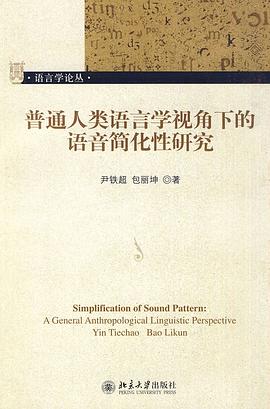

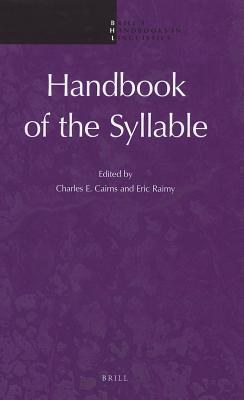
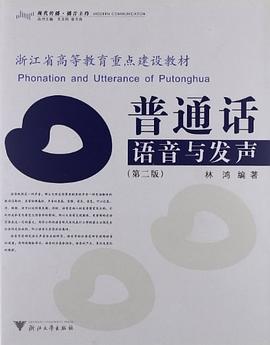
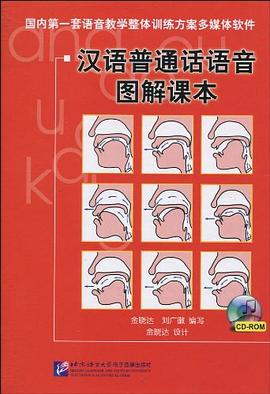





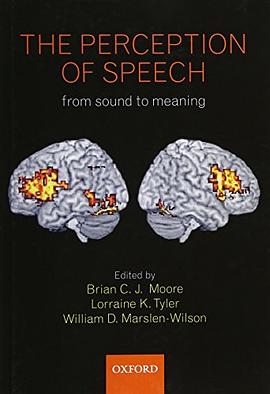



![Spanish II, 3rd Ed. (Compr.) [CD] pdf epub mobi 電子書 下載](https://doubookpic.tinynews.org/e93395cf4301e52b07ec1a2f62c53bf9674a479dc583616726c845eaeccc6b91/s2882582.jpg)

